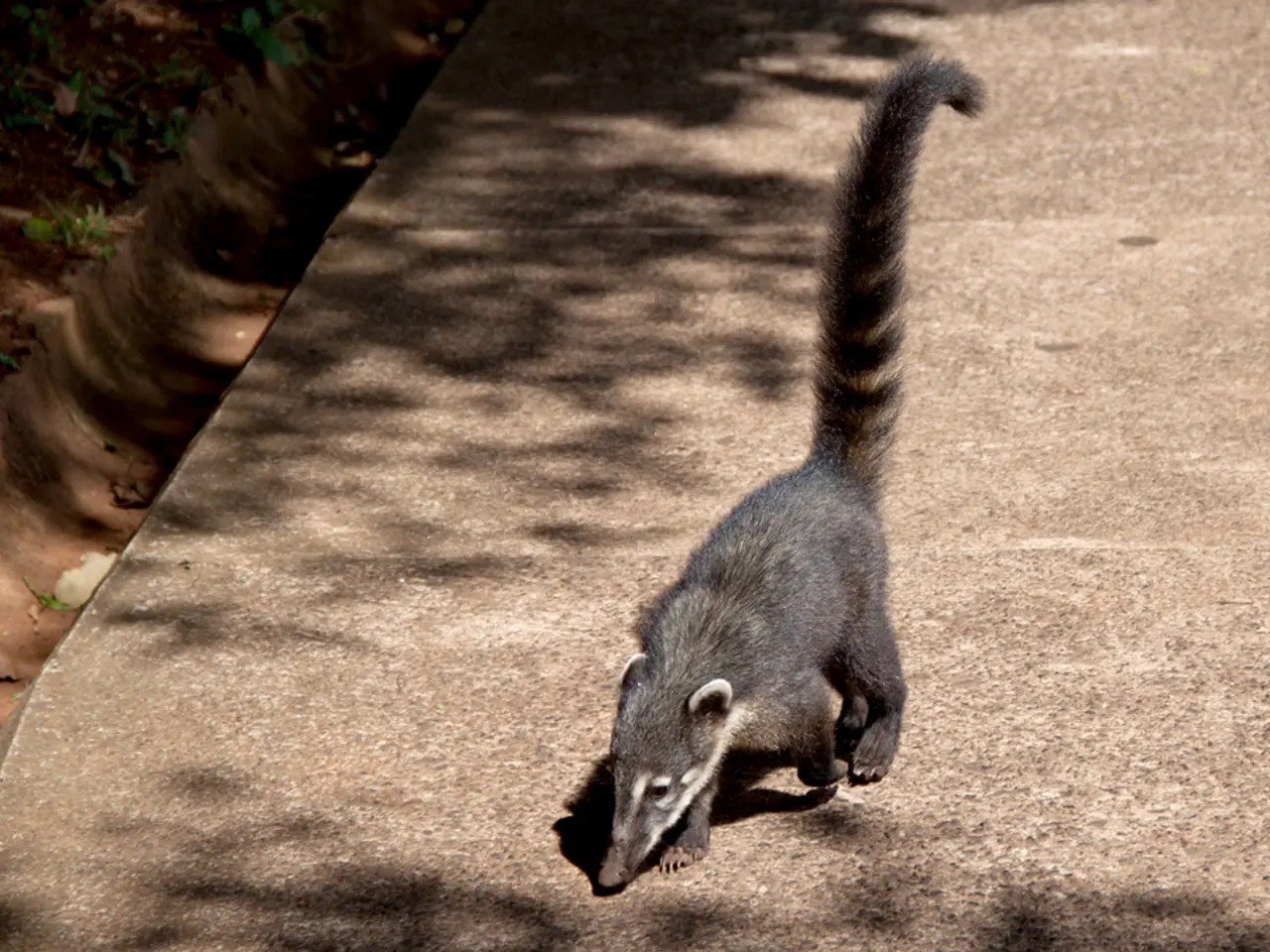Garden Plant Damage from Chemical Spray
In home landscapes and gardens, unexpected damage to crops can be a frustrating experience for gardeners. One potential cause of such damage is herbicide contamination, which can manifest in various ways.
When identifying herbicide damage, gardeners should look out for characteristic symptoms depending on the herbicide type and exposure level. Leaf distortion, such as upward or downward cupping, twisting, narrowing, and misshapen leaves, is a common sign. Other symptoms include colour changes, growth abnormalities, scorched tips or brown leaf edges, and sudden wilting without drought stress.
Three common herbicides and their effects include glyphosate, which causes bright yellowing of leaves, 2,4-D, which leads to leaf distortions such as curling or cupping, and picloram and triisopropanolamine salt, which can cause stunted growth and distorted new growth when used in stump killers.
To prevent herbicide damage, it is essential to avoid applying volatile or harmful herbicides near residential landscapes and ornamental plants. Respecting herbicide label warnings, such as avoiding use of certain stump killers near lawns or ornamental trees, is also crucial. Regular monitoring of plants near treated fields or areas where herbicides may drift is also advisable.
If damage occurs, removing severely injured plant parts and avoiding further stressors like drought or nutrient deficiency can help the plant recover. Documenting damage and notifying local extension services or regulatory bodies, such as the Iowa Department of Agriculture and Land Stewardship (IDALS) Pesticide Bureau, can help address off-target drift from nearby field applications.
For perennial edible plants like fruit trees, it is unsafe to consume fruit as long as the herbicide is present in the soil or the surrounding environment. Similarly, it is unsafe to consume any part of a plant exposed to a known or unknown herbicide.
In cases where crops need to be replanted, the length of time before you can consume the crop varies depending on the product and growing conditions, typically at least one growing season. Counting the number of days from the anticipated replanting date to your average first frost date is essential, as long as the days to maturity are fewer than the days left until frost, it's worth attempting to replant.
Sources: [1] Hole, D. G., et al. (2011). Drone imagery for early detection of herbicide injury in crops. Weed Technology, 25(1), 1-6. [2] Riechers, G. C., et al. (2013). Herbicide injury to ornamental plants. University of Wisconsin Extension. [3] Smith, D. L., et al. (2015). Drone-based multispectral imaging for early detection of herbicide injury in crops. Weed Science, 63(4), 583-592. [4] University of California Agriculture and Natural Resources. (2019). Herbicide injury to ornamental plants. University of California Cooperative Extension.
- Gardening enthusiasts should be vigilant about herbicide damage in their home and garden landscapes, as unexpected damage to crops can be frustrating.
- When identifying herbicide damage, one should look for symptoms such as leaf distortion, color changes, growth abnormalities, scorched tips, or brown leaf edges.
- Three common herbicides and their effects include glyphosate, which causes bright yellowing of leaves, 2,4-D, which leads to leaf distortions like curling or cupping, and picloram and triisopropanolamine salt, which can cause stunted growth and distorted new growth.
- To prevent herbicide damage, it's crucial to avoid applying volatile or harmful herbicides near residential landscapes and ornamental plants, and to respect herbicide label warnings.
- If damage occurs, removing severely injured plant parts and avoiding further stressors can help the plant recover, and notifying local extension services or regulatory bodies can help address off-target drift.
- For perennial edible plants like fruit trees, it's unsafe to consume fruit as long as the herbicide is present in the soil or environment, and it's unsafe to consume any part of a plant exposed to a known or unknown herbicide.
- In cases where crops need to be replanted due to herbicide damage, the length of time before consumption varies depending on the product and growing conditions, with at least one growing season typically required.
- Sources for learning more about herbicide damage and prevention in gardens and landscapes include scholarly articles like those from Weed Technology and Weed Science, as well as university extension services such as the University of Wisconsin Extension and the University of California Cooperative Extension.
- Maintaining a healthy garden, whether through composting, proper soil management, or choosing plant-friendly landscaping solutions, contributes not only to the health and wellness of the plants themselves but also to overall lifestyle and home-and-garden fitness and exercise, and nutrition.





